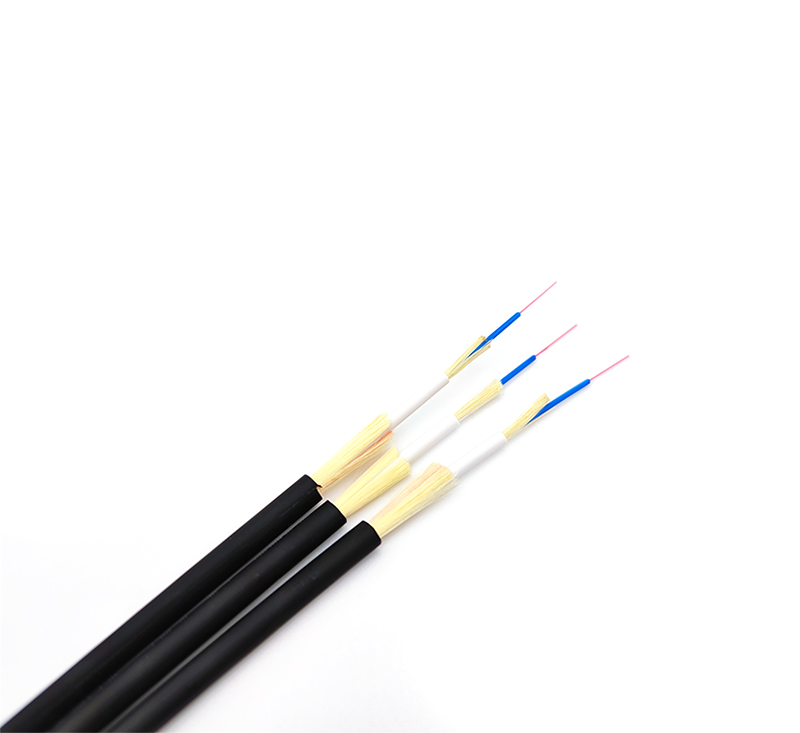The fiber optic transceiver has 6 LED indicators, which show the working status of the transceiver. According to the LED display, it can be judged whether the transceiver is working normally and what may be the problem, which can help to find out the fault. Their functions and fault judgments are as follows:
See if the indicator light of the optical fiber transceiver or optical module and the twisted pair port indicator light are on?
A. If the optical port (FX) indicator of the transceiver is not on, please confirm whether the optical fiber link is cross-linked? One end of the fiber jumper is received in parallel; the other end is connected in cross-connection.

B. If the optical port (FX) indicator of the A transceiver is on but the optical port (FX) indicator of the B transceiver is not on, the fault is at the A transceiver side: one possibility is: A transceiver (TX) optical transmission The port is broken, because the optical port (RX) of the B transceiver cannot receive the optical signal; another possibility is: there is a problem with the optical fiber link of the optical transmission port of the A transceiver (TX) (optical cable or light jumper may be broken).
C. The twisted pair (TP) indicator light is not on, please confirm whether the twisted pair connection is wrong or the connection is wrong? Please use a continuity tester to test (but the twisted pair indicator of some transceivers must wait for the optical fiber chain Lights only after the road is connected).
D. Some transceivers have two RJ45 ports: (To HUB) indicates that the connection line connecting the switch is a straight-through line; (To Node) indicates that the connection line connecting the switch is a crossover line.
E. There are MPR switches on the side of some transceivers: it means that the connection line connecting the switch is a straight-through mode; DTE switch: the connection line connecting the switch is a cross-line mode.










